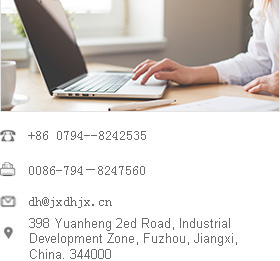
- DHP419 Series of PP Yarn Stretching Machine
- DH419D Series PP FDY Multifilament Spinning Machine HT
- DHP418 Series PP FDY Multifilament Spinning Machine MT
- DHKV 1235-12 Polyester POY Spinning Line
- DHPE Ultra High Molecular Weight Polyethylene Yarn Spinning Equipment
- DHTA Aramid 1414 Yarn Spinning Line


The "Danger" and "Machine" of Textile Industry
The impact of the US tariffs on China's textile industry is profound. Data show that from January to February 2025, China's cumulative textile and garment exports fell by 4.5% year-on-year, of which textile exports fell by 2%, and clothing exports fell by 6.9%. The increase in tariffs has significantly reduced the price competitiveness of Chinese textiles in the US market, and some orders have begun to transfer to low-cost countries such as Vietnam and Cambodia. Small and medium-sized enterprises bear the brunt of the increase in tariffs, resulting in higher costs, small and medium-sized enterprises with lower profit margins are difficult to bear the cost of tariffs, and the industry is expected to accelerate clearance.
However, in such adversity, the domestic textile industry has seen the dawn. The tariffs imposed by the United States have reduced the cost performance of high-end textile materials that rely on imports, which provides an alternative space for domestic high-end textiles. Domestic PA66 production capacity is in a stage of sharp rise, although there is still a gap with overseas head enterprises in quality, but external pressure has become an opportunity to accelerate industrial upgrading.
Enterprises have also begun to actively respond by sharing costs and buffering tariff pressure through the layout of the whole industrial chain. Domestic textile enterprises have also made breakthroughs in the research and development and production of high-end materials, such as Xiamen Dangsheng, Jiangsu Qingyun and other enterprises have broken through flash spinning technology. These technological breakthroughs not only improve product quality, but also enhance the competitiveness of domestic textiles in the international market.
Declaration: The content of this article is organized from the Internet, and the copyright belongs to the original author; If there is infringement, please inform in time and contact to delete.







